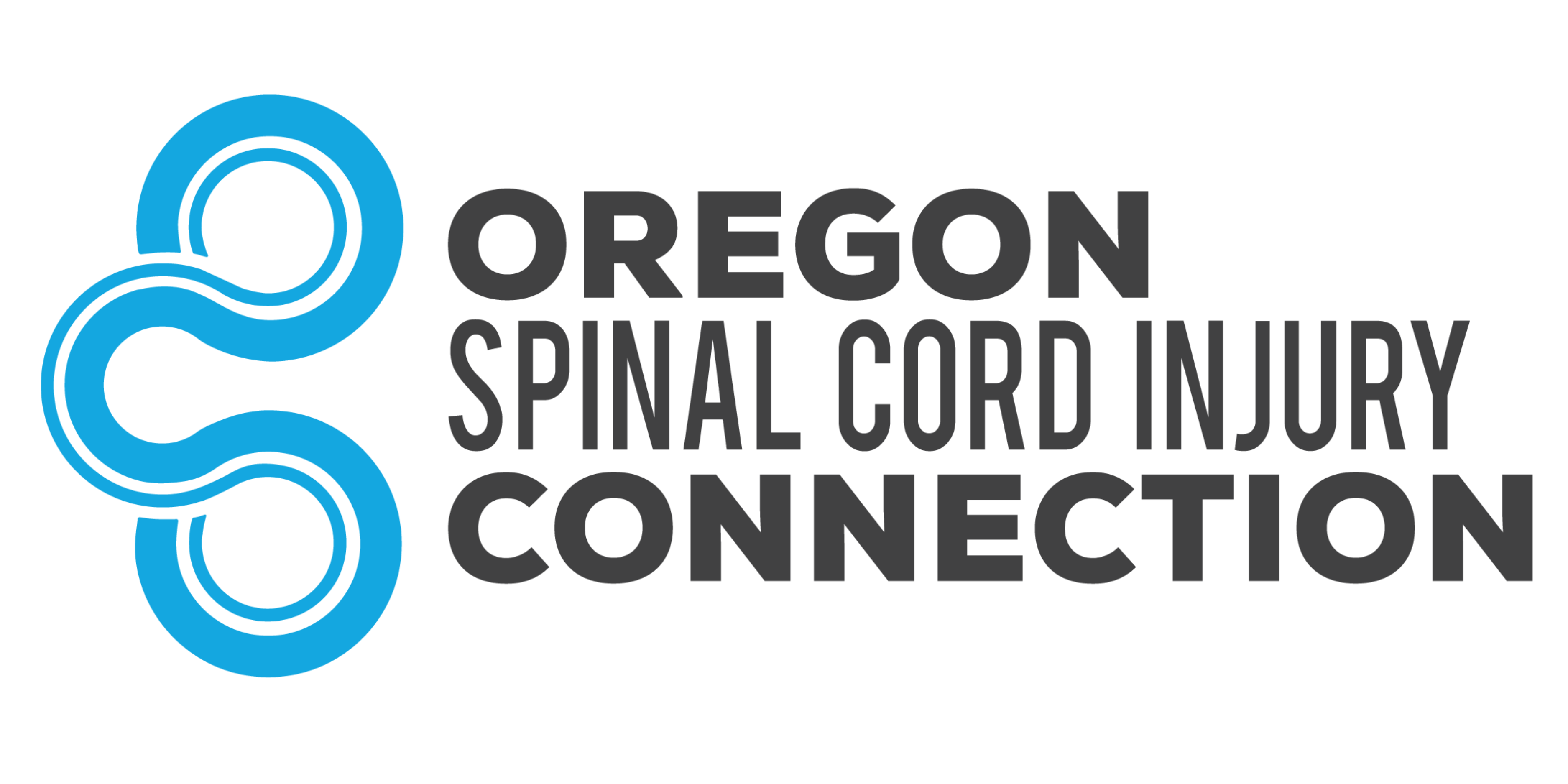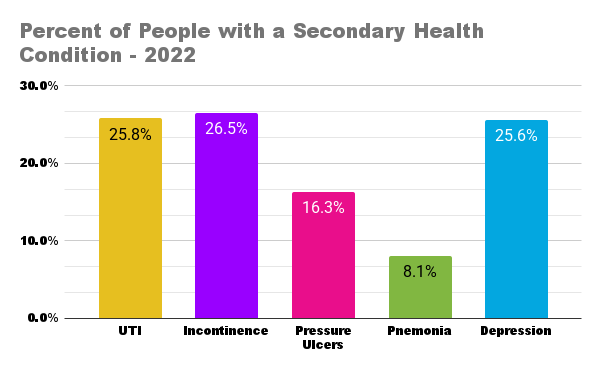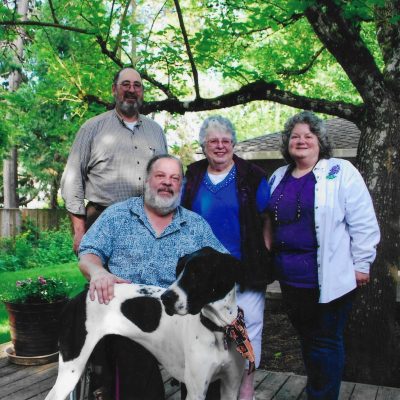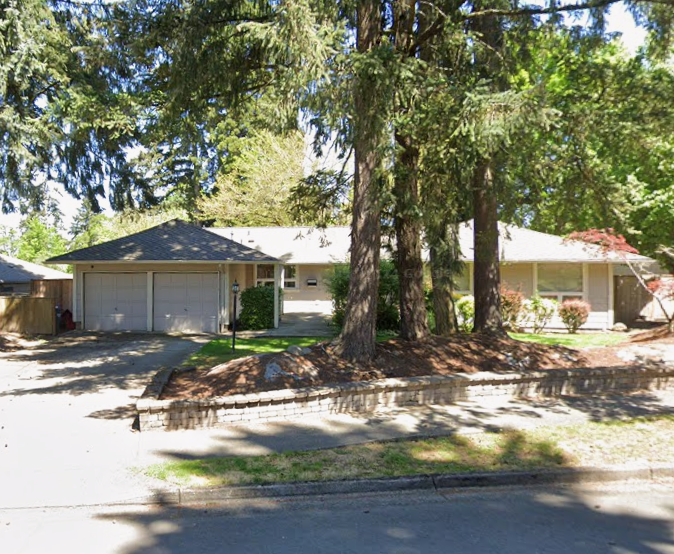Mortensen House
A home, a legacy, a place for healing
Building Independence: The Mortensen House Project
Bridging the gap between rehabilitation and home for individuals with spinal cord injuries.
The Mortensen House is a place where recovery meets independence—born from the generosity of Michael Mortensen, whose own experience with a spinal cord injury inspired him to help others on the same journey.
This Home Fulfills a Vision
In fact, it was inspired by Michael’s wish for his house to be used to help others and ultimately made possible through the commitment of his sister, Lois, to see his vision fulfilled. As a result, the Mortensen House stands as a place of healing, dignity, and opportunity.
A Crucial Bridge
Created in partnership with the Mortensen Trust, this OSCI initiative offers safe, wheelchair-accessible transitional housing for Oregonians with spinal cord injuries. In doing so, it provides a crucial bridge between rehabilitation and home, where individuals and families can plan their next chapter with hope and support.
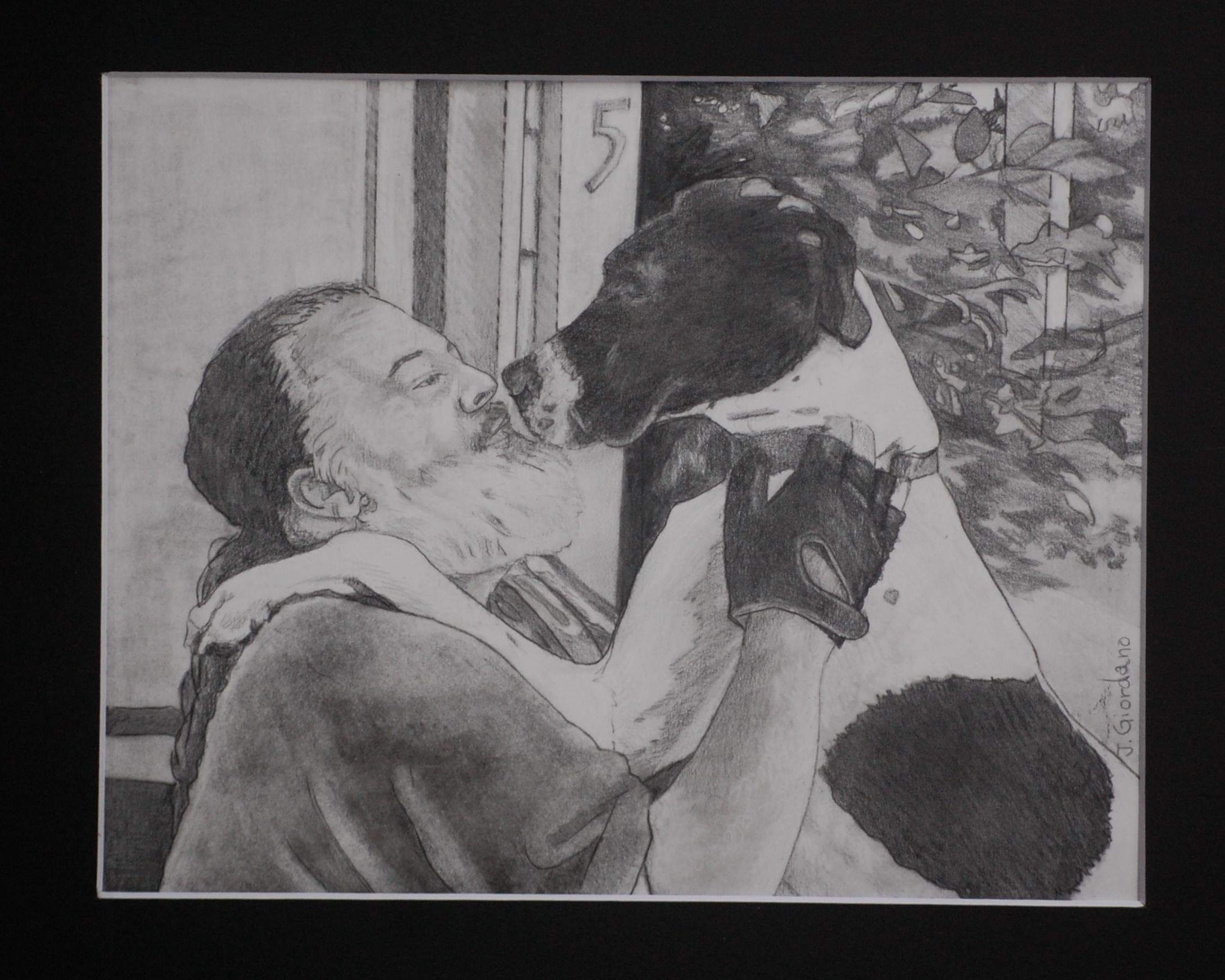
Why Transitional Housing Matters
For many people with a new spinal cord injury, the journey of recovery is blocked before it even begins. In fact, in Oregon alone, nearly 10,000 people were living with spinal cord injuries in 2022, and the cost of their care exceeded $380 million statewide. Despite this, many of these individuals face a critical barrier: rehab centers often cannot accept patients who don’t have an accessible home to return to afterward. Consequently, without a safe discharge plan, people are left waiting—or worse, excluded entirely from rehabilitation.
Severe Consequences
The consequences are severe. Without proper rehabilitation, the recovery journey becomes far more difficult, increases the likelihood of medical complications, and heightens the risk of isolation. Furthermore, in Oregon, nearly 30% of individuals with SCI are readmitted to the hospital within 30 days of discharge, often because of unsafe or inaccessible living environments. As a result, without consistent therapy and structured support, secondary health conditions—such as pressure injuries, respiratory issues, or depression—become more common and more costly.
This is where the Mortensen House Project steps in.
By providing a safe, wheelchair-accessible home designed for independence, Mortensen House helps ensure that recovery doesn’t end when rehab does—instead, it continues, sustainably and with dignity.
Project Purpose
A Bridge Between Rehab and Home
The Mortensen House—created in partnership with the Mortensen Trust—is OSCI’s pilot program in response to a statewide need for transitional housing. The home offers a safe, wheelchair-accessible space where individuals and families can plan their next steps with dignity and support.
This bridge between rehab and home allows people with new spinal cord injuries and their families time to:
- Complete home modifications
- Finalize new housing arrangements
- Explore independent living communities like QUAD Inc.
- Receive wraparound support from OSCI Community Health Workers
This time helps people rebuild their confidence, learn essential skills, and find community—so they can thrive after a spinal cord injury.
Michael’s Story
The Heart Behind the Home
The vision for Mortensen House is rooted in the life and legacy of Michael Mortensen. Two decades ago, Michael’s life—and his family’s—changed in an instant. Even now, his sister, Lois, remembers that day vividly:
“Twenty years ago today my world and the world of my entire family changed. Michael lost the use of his legs. It is not a day I celebrate, but I cannot ever forget it… He had collapsed at home and his legs were not working.”
A Long Battle
After a long medical battle and difficult recovery, Michael faced the same challenges that so many Oregonians with spinal cord injuries encounter—finding accessible housing and maintaining independence. Even so, through it all, he never lost his strength or compassion.
“He told me more than once that I saved his life. I don’t think that is true, but I know he kept going because of the love he had for me and others. I miss him.”
Michael’s Resilience
Michael’s resilience and his family’s love are at the heart of Mortensen House. Lois explains:
“The Mortensen House as a transitional house for spinal cord injury patients is happening—all because of him… and his desire to make it easier for others in his situation. Life changes literally in an instant and it will never be the same. Look for the good. It is there, even if you have to create it yourself.”
Michael’s Wish
Michael’s wish was for his home to be used to help others living with spinal cord injuries or diseases. In response, his sister Lois has worked tirelessly to turn his wish into reality. Ultimately, the Mortensen House is a living tribute to Michael’s compassion and his belief in helping others find their way forward.
Project Vision: The Next 1-3 Years
Mortensen House will open with essential accessibility features in place. Looking ahead, OSCI envisions expanding its offerings to create an even more supportive and empowering environment, including:
-
Dedicated therapy space for physical and occupational therapy exercises
-
A second large bedroom with an accessible ensuite bathroom
-
A wheelchair-friendly backyard for recreation, connection, and independence
These improvements will ensure residents not only have a place to live—but also a place to heal, grow, and thrive.
Turning Compassion Into Action
How You Can Help
To bring this vision fully to life, OSCI invites community members, partners, and supporters to join in. You can make a difference through:
-
Program sponsorships to help with the immediate costs of getting the program up and running
-
Recurring annual donations to sustain Mortensen House as a long-term program
-
Area Sponsorships, such as the therapy area, backyard, kitchen, garage, and any other area of the house that speaks to your organization’s mission and purpose
-
In-kind pledges, such as adaptive equipment, therapy tools, or building and landscaping materials
-
Partnerships and volunteers to help enhance the experience of the people staying at the house.
The Mortensen House is more than a home—it’s a launchpad for independence, dignity, and connection. By effectively bridging the gap between rehab and home, we’re ensuring that, as a result, no one faces unnecessary delays or setbacks after a spinal cord injury.
This project exists primarily because of Michael’s generous heart and, moreover, Lois’s unwavering commitment to seeing his dream come to fruition. Together, their shared vision thus created a place where healing and hope take root.

